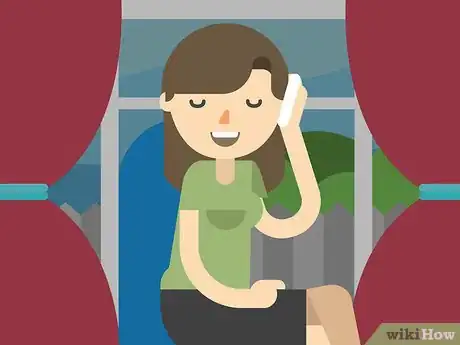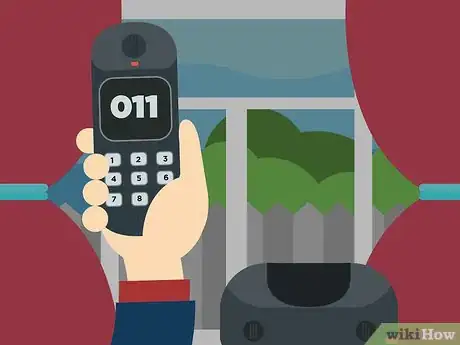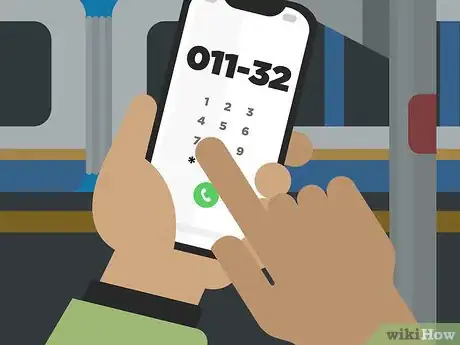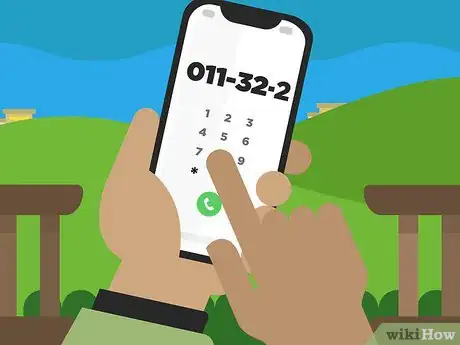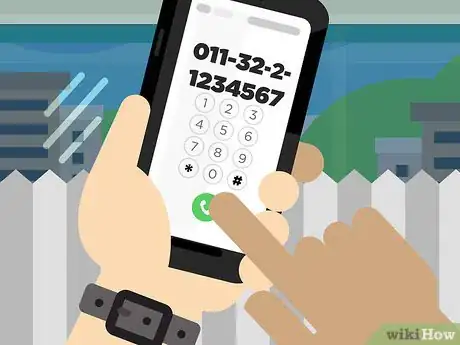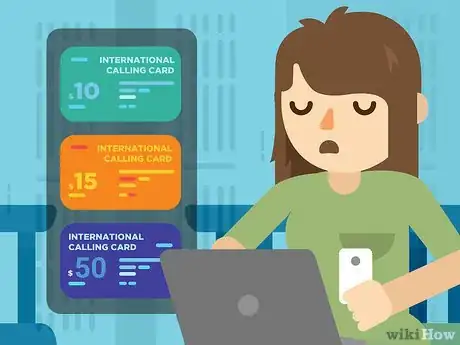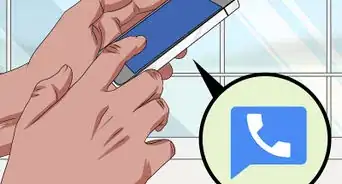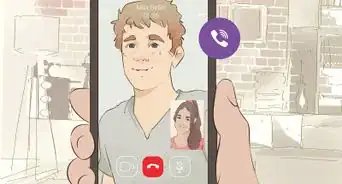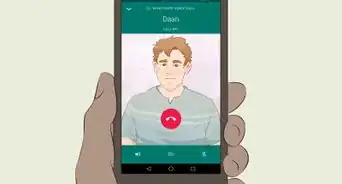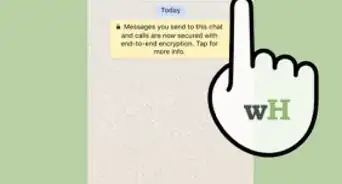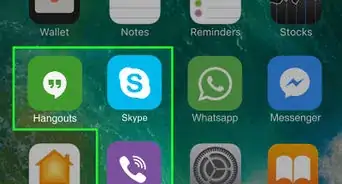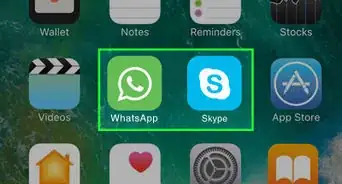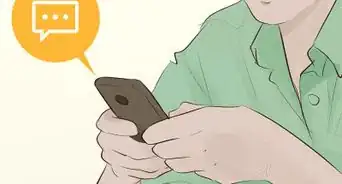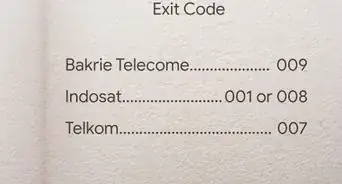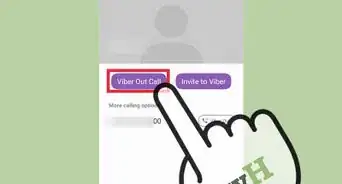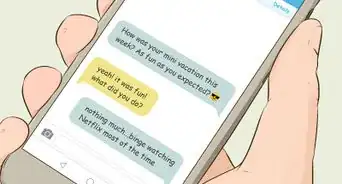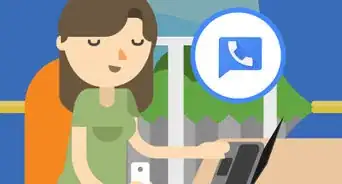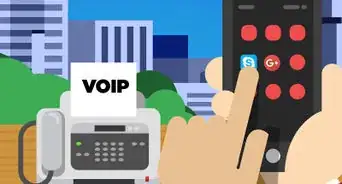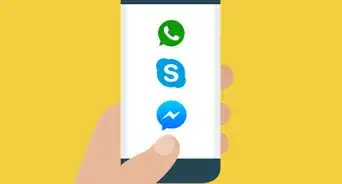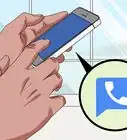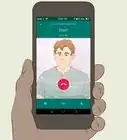This article was co-authored by wikiHow staff writer, Amy Bobinger. Amy Bobinger has been a writer and editor at wikiHow since 2017. She especially enjoys writing articles that help people overcome interpersonal hurdles but frequently covers a variety of subjects, including health and wellness, spirituality, gardening, and more. Amy graduated with a B.A. in English Lit from Mississippi College in 2011 and now lives in her hometown with her husband and two young sons.
There are 7 references cited in this article, which can be found at the bottom of the page.
This article has been viewed 37,154 times.
Learn more...
Belgium is about 7,500 miles (12,100 km) away from the U.S., which can seem like a million miles away if you have friends, family, or business associates who are there. Don't worry, though: making a call will make you feel like they're right in the same room with you. Whether you're dialing directly from a landline phone, using a calling card, or using an app for your international calls, staying in touch has never been easier.
Steps
Dialing from a Cell Phone or Landline
-
1Check with your provider about international calling rates. Before you dial an international number from your cell phone or landline, be sure you know what the charges will be. Call your telephone provider and ask about their rates for international calls. If the rates are too expensive, try a calling card or use a VoIP service like Skype to make the call instead.
-
2Dial 011, the U.S. exit code. When dialing an international phone number, you must first enter an “exit code” which indicates that your call will be going outside of the country. In the United States, this code is 011.[1]Advertisement
-
3Dial 32, the country code for Belgium. No matter where in the world you're calling from, all calls to Belgium use the same country code, which is 32. The country code comes immediately after the exit code.[2]
-
4Dial the 1- or 2-digit area code. In Belgium, large cities are assigned 1-digit area codes, and 2-digit area codes apply to other areas. Examples of major Belgium area codes include:[3]
- Major cities: Brussels, 2; Antwerp, 3; Gent, 9.
- Other areas: Hasselt, 11; Leuven, 16; Kortrijk, 56; Ostend, 59; Charleroi, 71; Verviers, 87.
- Cell phones: Belgian cell phone numbers start with 04. But if you're dialing in from the United States, leave off the "0" and dial only 4, then the rest of the mobile number.[4]
-
5Dial the remaining 6 or 7 digits in the Belgian phone number. The area code and phone number usually add up to a total of 8 digits. If you dialed a 1-digit area code, the phone number will contain 7 digits. If you dialed a 2-digit area code, it's followed by only 6 digits.[5]
Exploring Alternatives
-
1Compare international calling cards. You can buy these cards at any major retailer, including convenience stores and grocery stores.[6] Choose the price on your card based on the amount of minutes you need. Rates and fees can vary widely, so read the fine print and pay attention to how much time you actually get to spend talking in order to determine if a card is a good deal.[7]
- Avoid cards with “maintenance fees.” These are fees which take away your minutes based on how long you have the card, not how long you use it.[8]
- To operate the card, dial the 1-800 number on the back of the card, then enter your calling card number when prompted to do so. You can then dial your recipient's phone number.[9]
- You will still have to follow the guidelines above for dialing the exit code (011), country code for Belgium (32), and the area code you are calling before dialing the individual's phone number.
-
2Explore VoIP services. VoIP, or Voice over Internet Protocol, is a way to make calls using a broadband or wi-fi connection. There are a number of apps and computer-based programs which allow you to make international calls, including Skype, Viber, and WhatsApp.[10]
- Some VoIP providers are free to use if you are contacting a person who uses the same app, but they charge a fee if you are calling a cell phone or landline. Others charge a fee for all international calls, even if the other person is using the same provider.
-
3Download a messenger app that allows you to make calls. Apps like WhatsApp or Facebook Messenger allow you to make calls from app to app for free. These are often free no matter where in the world your recipient lives.
- Note that while these apps are usually free to use, they do use your network data. If you are on a limited data plan, be sure you connect to a reliable wi-fi connection before you place your call.
References
- ↑ http://support.hostgator.com/articles/specialized-help/making-international-calls-from-the-united-states
- ↑ https://www.howtocallabroad.com/codes.html
- ↑ https://www.countrycallingcodes.com/country.php?country=Belgium
- ↑ https://www.howtocallabroad.com/belgium/
- ↑ https://www.howtocallabroad.com/belgium/
- ↑ https://www.consumer.gov/articles/1007-buying-and-using-phone-cards
- ↑ https://www.consumerreports.org/cro/2012/05/shop-wisely-when-buying-prepaid-phone-cards/index.htm
- ↑ https://www.consumer.gov/articles/1007-buying-and-using-phone-cards
- ↑ https://www.consumerreports.org/cro/2012/05/shop-wisely-when-buying-prepaid-phone-cards/index.htm
